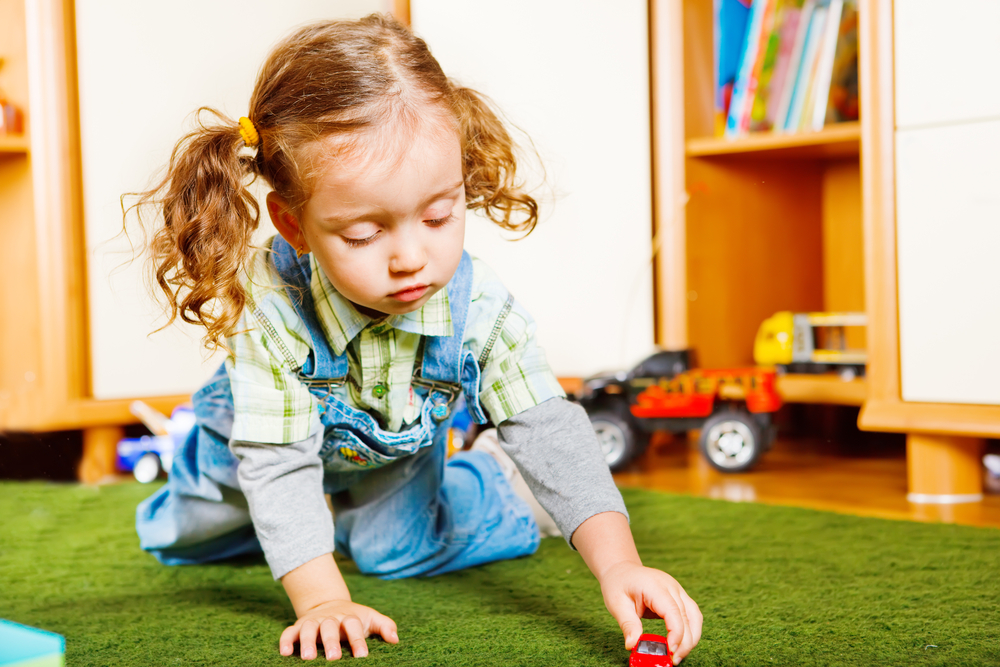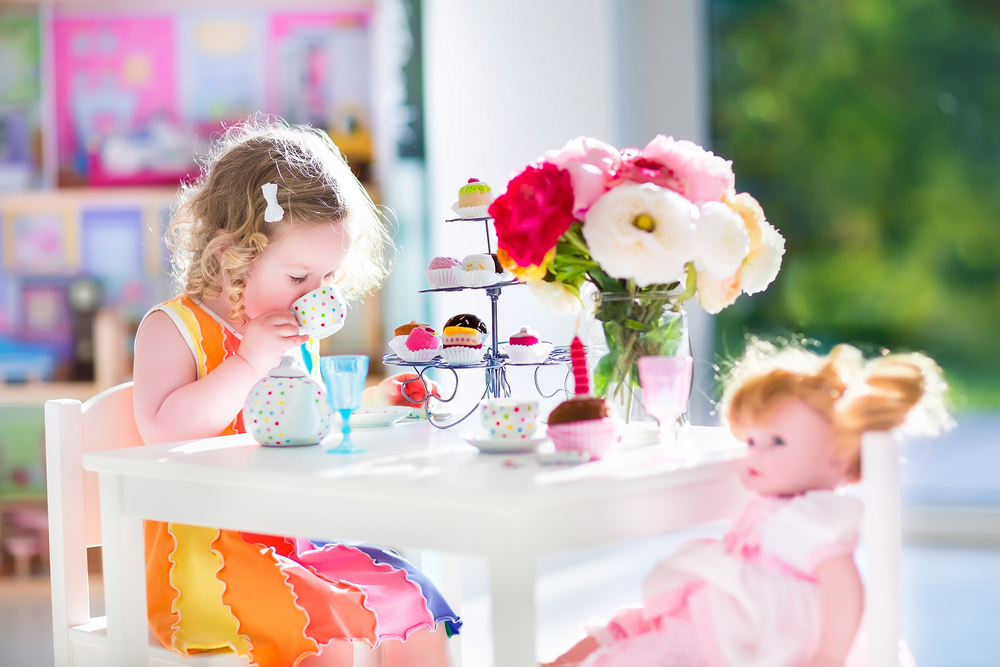The stereotypes that girls like pink and playing with dolls, whereas boys like blue and playing with trucks are just those – toy gender stereotypes. Does our choice of toys promote geneder stereotypes?
Take a moment to stop and think about what kind of gifts your children are receiving. There are always many questions when it comes to picking out the perfect present, and I am sure you ask yourself a number of them with each gift you choose.
Will she like it? Is it something he needs? Is it age-appropriate? Will they actually play with it? But now I have a question for you: do you ever think about whether the toy is in line with the gender of its recipient? Chances are, this is not something you overtly think about; rather, it may be done subconsciously.
When shopping for my godchild, an eight-year-old little girl, I usually gravitate toward dolls without even thinking. Is it because she is a girl? Maybe, but it is also because I happen to know that she likes dolls. Would it be okay if my godchild was an eight-year-old boy, and I bought him a doll? While I certainly find nothing wrong with that, I am not sure everyone else would agree, and the question itself does provide some food for thought.
Although I am almost certain the toys given to me when I was little were “girl” toys, that doesn’t mean I didn’t enjoy playing with toys meant for boys just as much: I may not have played with my brothers’ toy trucks very often, but I was rather possessive of the Matchbox car set we inherited.
Girls Like Pink And Playing with Dolls
The stereotypes that girls like pink and playing with dolls, whereas boys like blue and playing with trucks are just those – stereotypes. Part of the problem is that companies reinforce these stereotypes with their marketing campaigns and the way they package toys.
There are toys that are now marketed toward both boys and girls, except in different colors (because girls can only build if the materials are pink and purple?). In “How Did Toys Get Stereotyped by Sex?” a recent New York Times opinion, sociologist Elizabeth Sweet discusses some of the problems occurring when companies merely change the color of a toy to make it more gender-neutral:
“But while these toys may broaden the offerings within segregated toy aisles, they do nothing to challenge the underlying fact that the aisles are still segregated. And rather than busting stereotypes, such toys reinforce the idea that gender is the primary determinant of interests and skills.”
She argues that “more meaningful change will require toy companies to think outside of the gender box – and beyond limiting colors that signify gender,” and I completely agree with her. Building blocks shouldn’t have to be pink for a girl to play with them.
Let Toys Be Toys
Let Toys Be Toys, a campaign based in the UK that “is asking the toy and publishing industries to stop limiting children’s interests by promoting some toys and books as only suitable for girls, and others only for boys” .
In fact, searching #LetToysBeToys on Twitter brings back some interesting results, as parents bring attention to particularly egregious gender-specific packaging and signage. Some – like the now-famous tweet by mother Karen Cole of her superhero-loving daughter frowning at a “fun gifts for boys“ sign, which referred to Marvel superhero merchandise – even highlight the reactions children have to the marketing itself.
Ms. Sweet goes into greater detail about her research findings in an article for The Atlantic, in which the title really says it all: “Toys Are More Divided by Gender Now Than They Were 50 Years Ago”. In a world that still struggles for gender equality, is that really the message we want our kids to be getting?
Join the NDF debate and tell us what you think: Should toys be gender inclusive? Does your choice of toys promote gender stereotypes?
In the meantime, get reminded on how to send positive gender messages to your child.
























